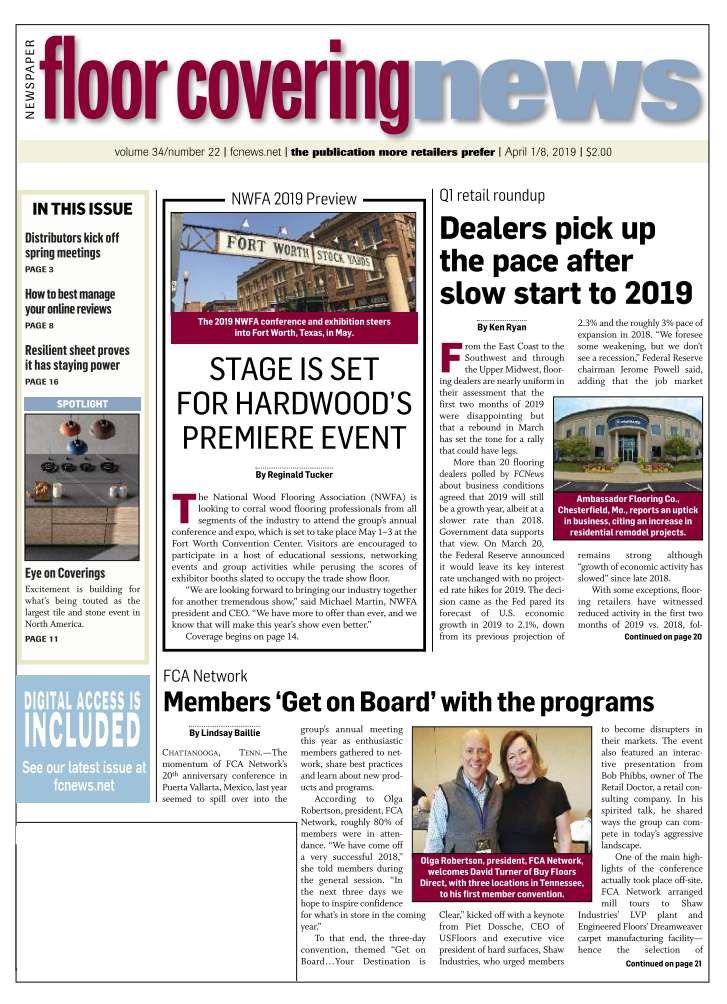April 1/8, 2019: Volume 34, Issue 22
By Roman Basi
 Working capital is an important concept for every business to understand. At its heart, working capital is defined as the amount of a company’s current assets minus the amount of its current liabilities. More simply, it’s a company’s available capital for daily operations at any given point in time. Thus, working capital provides a measurement to determine a company’s operational efficiency and short-term financial health.
Working capital is an important concept for every business to understand. At its heart, working capital is defined as the amount of a company’s current assets minus the amount of its current liabilities. More simply, it’s a company’s available capital for daily operations at any given point in time. Thus, working capital provides a measurement to determine a company’s operational efficiency and short-term financial health.
At the basis of working capital is the calculation, which is generally the difference between the current assets and the current liabilities. Current assets can be converted into cash within one year or less. This would include assets such as cash equivalents, marketable securities, accounts receivable, inventory and prepaid expenses.
Meanwhile, current liabilities include short-term debt such as accounts payables, accrued liabilities and other similar obligations. Subtracting the current assets by the current liabilities will provide the working capital figure. This figure is “positive” when there is an excess of current assets compared to current liabilities. However, a working capital calculation not only plays a role as a financial measuring tool, but it can also figure in merger and acquisition transactions.
While the working capital calculation is fairly straightforward in most applications, it can be vastly different in cases involving mergers and acquisitions, where the formula will be dictated by the asset or stock purchase agreements. Some transactions will involve cash or debt in the working capital calculation, while others may exclude certain assets. Some transactions may exclude certain liabilities, thus creating an impact on the seller that can vary on a wide spectrum. When the working capital determination is made, a target will be set and the operations of the selling company prior to the target date can have a drastic impact on the closing funds.
For example, the working capital language of an asset purchase agreement may state, “a purchase price of $5,000,000minus the amount by which the working capital as of the closing date varies from the six-month trailing average of the working capital.” The agreement will then go on to describe the calculation methodology of the working capital. Therefore, a working capital target is set by a 12-month average trailing the transaction’s closing date. If the working capital at closing exceeds the average monthly working capital balance for the 12 months prior to closing, the seller generally walks away with more funds at closing.
However, if the working capital at closing is less than the average monthly working capital balance for the six months prior to closing, then the purchase price may be reduced by the amount equal to the difference of the 12-month working capital average.
The purpose of such clauses in asset purchase agreements is to ensure the buyer and seller are both getting their due pricing. Imagine buying a company that initially shows solid working capital, but upon looking at the averages over time it shows a steep decline. This may indicate you are buying a company that is hemorrhaging money. Requiring an adjustment of the purchase price based on average working capital ensures both parties are protected in the transaction.
Working capital is a key component to analyzing the efficiency of a company. The general rule of thumb is a company with positive capital is typically in good shape for expansion. However, it is important to remember that some businesses operate with a negative working capital due to the nature of their business.

